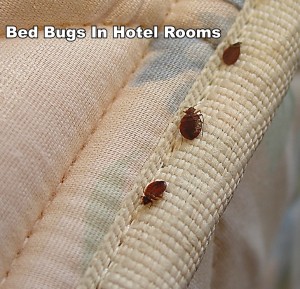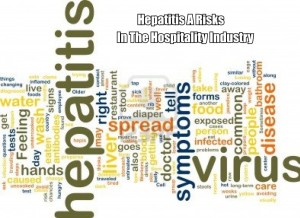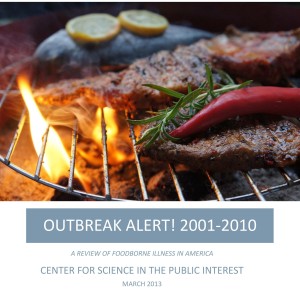“…(the “skinny plans”) cover minimal requirements such as preventive services, but often little more…Some of the plans wouldn’t cover surgery, X-rays or prenatal care at all…others will be paired with limited packages to cover additional services, Â for instance, $100 a day for a hospital  visit…Federal officials say this type of plan, in concept, would appear to qualify as acceptable minimum coverage under the law, and let most employers avoid an across-the-workforce $2,000-per-worker penalty for firms that offer nothing. Employers could still face other penalties they anticipate would be far less costly…”
visit…Federal officials say this type of plan, in concept, would appear to qualify as acceptable minimum coverage under the law, and let most employers avoid an across-the-workforce $2,000-per-worker penalty for firms that offer nothing. Employers could still face other penalties they anticipate would be far less costly…”
San Antonio-based Bill Miller Bar-B-Q, a 4,200-worker chain, will replace its own mini-med with a new, skinny plan in July and will aim to price the plan at less than $50 a month, about the same as the current policy, said Barbara Newman, the chain’s controller. The new plan will have no dollar limits on benefits, but will cover only preventive services, six annual doctors’ visits and generic drugs. X-rays and tests at a local urgent care chain will also be covered. It wouldn’t cover surgeries or hospital stays.
Because the coverage is limited, workers who need richer benefits can still go to the exchanges, where plans would likely be cheaper than a more robust plan Bill Miller has historically offered to management and that costs more than $200 per month. The chain plans to pay the $3,000 penalty for each worker who gets an exchange-plan subsidy.
But, “those are going to be the people who will be ill and need a more robust plan,” and insuring them directly could cost even more, Ms. Newman said.
Many more workers, she expects, will continue to go without insurance, despite the exchanges and the limited plan. Currently, only one-quarter of workers eligible for the mini-med plan take it. Ms. Newman said, “We really feel like the people who are not taking it now will not take it then.”
Tex-Mex restaurant chain El Fenix also said it would offer limited plans to its 1,200 workers, covering doctors visits, preventive care and drugs, but not hospital stays or surgery. “What our goal was all along was to make [offering coverage] financially palatable for the company as a whole, so we didn’t do damage and have to let people go or slow down our growth,” said Brian Livingston, chief financial officer of Dallas-based Firebird Restaurant Group LLC, owner of El Fenix.
For more:Â http://online.wsj.com/article/SB10001424127887324787004578493274030598186.html








